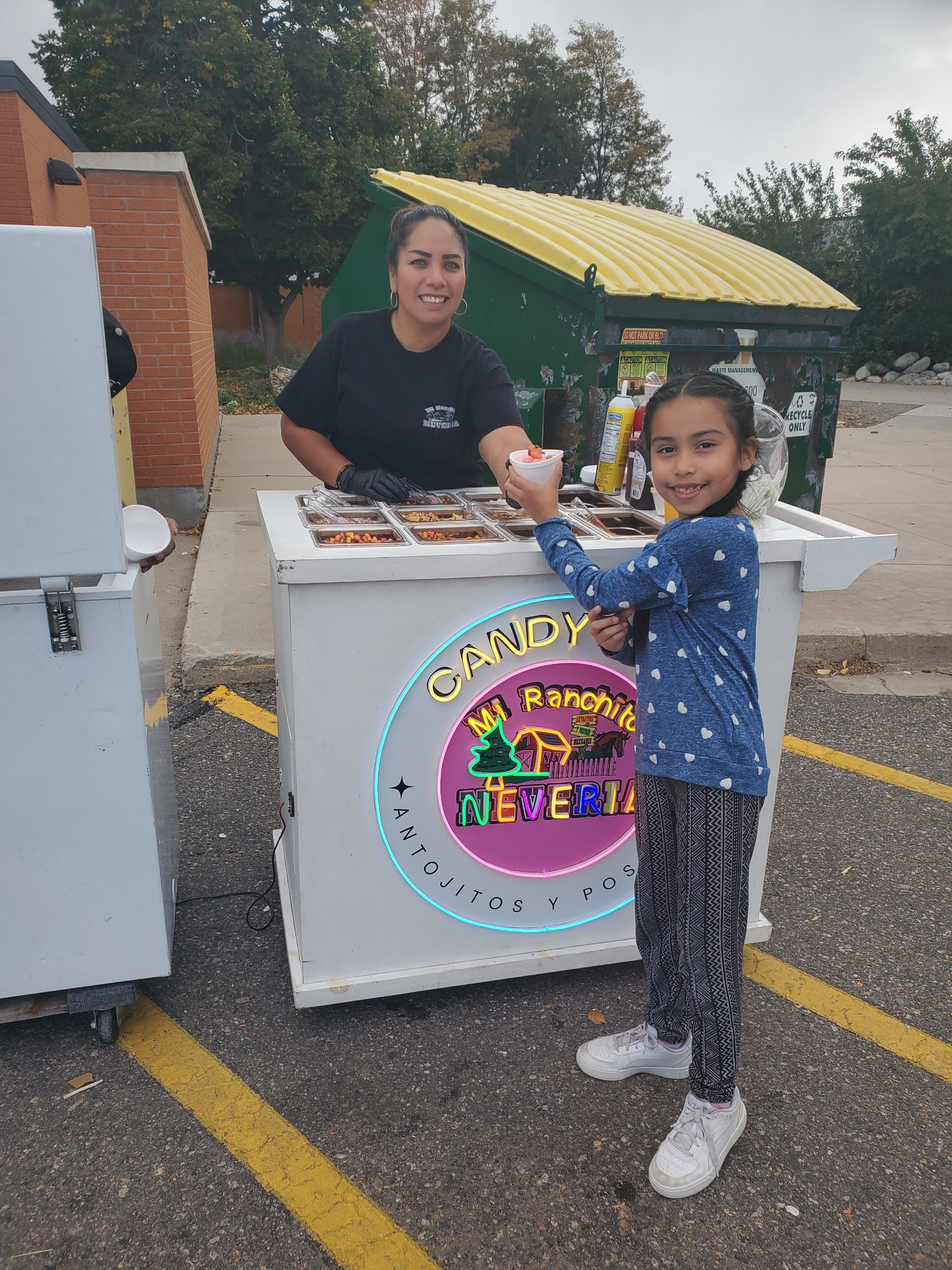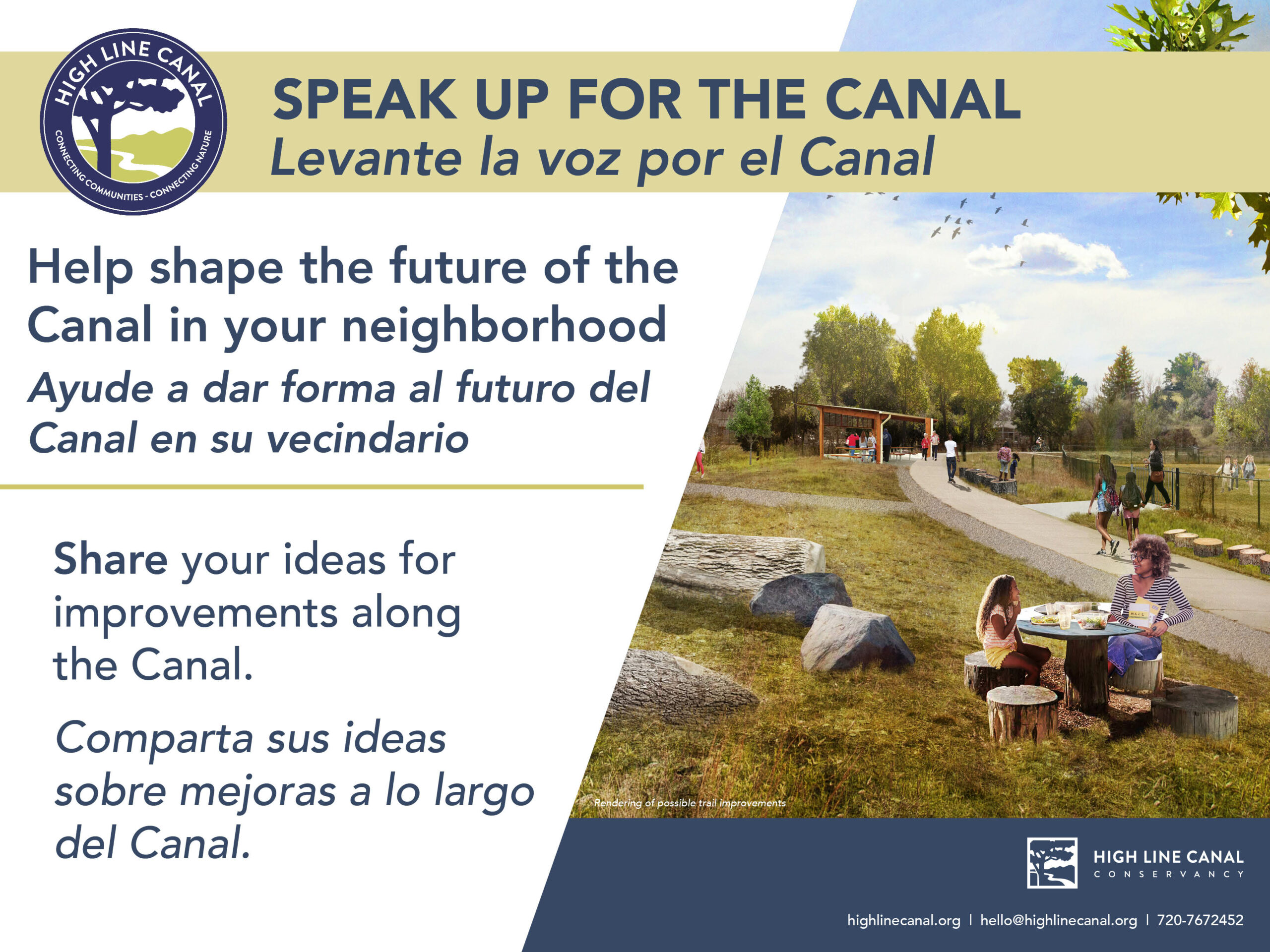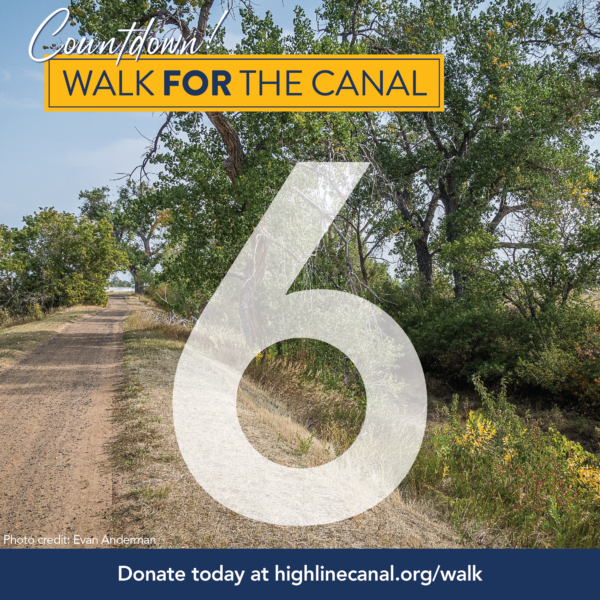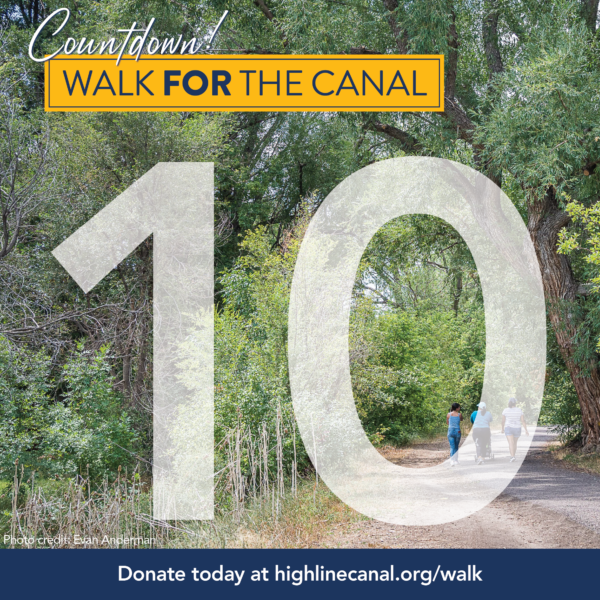High Line Canal Conservancy: Equity in Action
We are prioritizing equity and inclusion in all aspects of our work
Learn about how we put our equity values into action
Visit our equity in action highlights for quarterly updates on our progress.
The Conservancy staff and Board of Directors is prioritizing equity and inclusion in all aspects of its work with the mission to preserve, protect and enhance all 71 miles of the High line Canal in partnership with the public. Through this mission, and as guided by the Strategic Plan 2019-2024, our goal is to support healthy lifestyles, improve the natural environment and enhance the Canal’s infrastructure, ensuring that all people of our region – considering, but not limited to, race, ethnicity, economics, age, geography, ability, and sexual orientation – have access to a safe and welcoming outdoor space. As our region experiences rapid development and population growth, the Canal represents an opportunity to increase access to nature and improve recreational opportunities for generations of Coloradans while also building climate resilience.
WHY
We recognize and understand that to achieve this, we must help overcome inequities due to factors including:
- Historical and current underinvestment of time and money to maintain the Canal and the trail in low-income neighborhoods and areas where Black, Latino and immigrant people live.
- Barriers to access for low-income neighborhoods and people with disabilities.
- Inadequate engagement of all residents impacted by the Canal in planning trail projects and community programs.
For a deeper understanding and sources regarding these inequities, click here.
We acknowledge that these historical and present-day inequities have resulted in significant differences in user experience and access to the Canal, especially in the Northeast sections of the trail in Denver and Aurora, where it has not yet fulfilled its potential to improve public health and the biodiversity upon which we all rely.
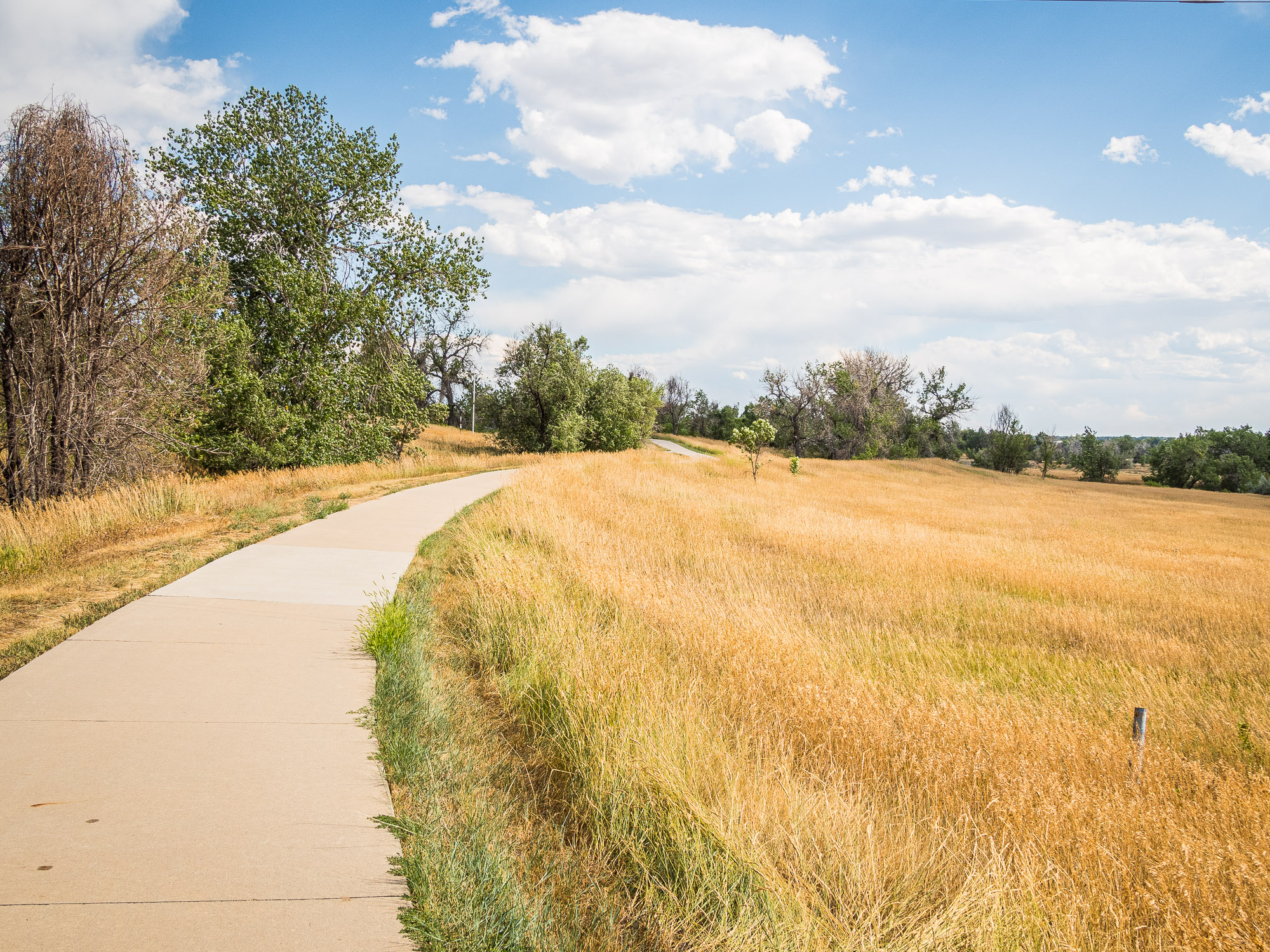

HOW
We are striving to achieve equity through these commitments:
- Honor the full history of the land, people and labor by telling the history of the land before the Canal was built and honoring elders past, present and future who have stewarded this land. We acknowledge that the Canal sits on the traditional territory of the Ute, Cheyenne and Arapaho Peoples.
- Build systems and processes within the Conservancy that ensure all communities are meaningfully involved in decision-making and the development of programs and trail projects.
- Host community programs along the Canal that are of, by and for the community and prioritize community partners, leaders and participation from local residents, especially Black, Latino and immigrant communities.
- Prioritize Canal improvement projects in areas of greatest need to improve the health of people and the environment along the 71 miles, ensuring climate resilience and safe and easy access to the outdoors for a higher quality of life, especially benefiting Black, Latino and immigrant neighborhoods.
WHAT
To ensure everyone has easy and safe access to the Canal, our immediate actions include:
- Lead over $11 million of investment into enhancing the Canal in the Northeast sections through a locally-led, locally-driven design process that centers equity, diversity and inclusion.
- Increase leadership and participation by community members in all structural decision making to improve the Canal by ensuring our board and staff, committees and volunteer opportunities are inclusive of community members and dismantle economic barriers to participation. This requires ensuring sufficient paid opportunities to ensure socio-economic barriers to engagement are eliminated.
- Develop practices and communications that honor the Canal’s full history and respect the Indigenous Peoples methods of caring for the land in collaboration with Indigenous and tribal representatives, organizations and governmental agencies.
- Hire, develop, promote, and retain Conservancy leaders, staff and Board that represents all of the Canal communities.
- Steward the Canal with the support of the Canal Conservation Corps by maintaining and growing stewardship programs, partnerships and volunteer opportunities; and measuring the impact of these programs to improve the ecological health of the Canal.

Equity in Action Highlights
It is important to stay accountable and ensure we are putting equity at the forefront of our work. Therefore, we will share quarterly highlights about how we are continuing our commitment to equity and inclusion.
Last updated: November 2023
Accomplice Training
Two staff members completed an Accomplice Training hosted by Spirit of the Sun, an Indigenous and native youth-focused organization. It was a 2-day virtual workshop on Indigenous decolonization, self-determination & rematriation.
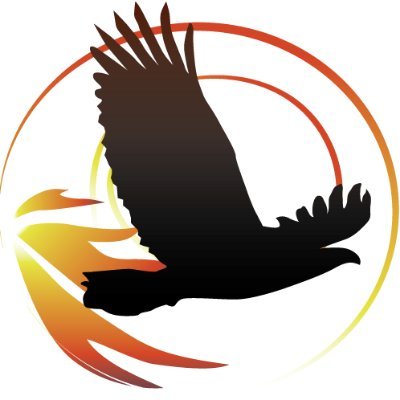
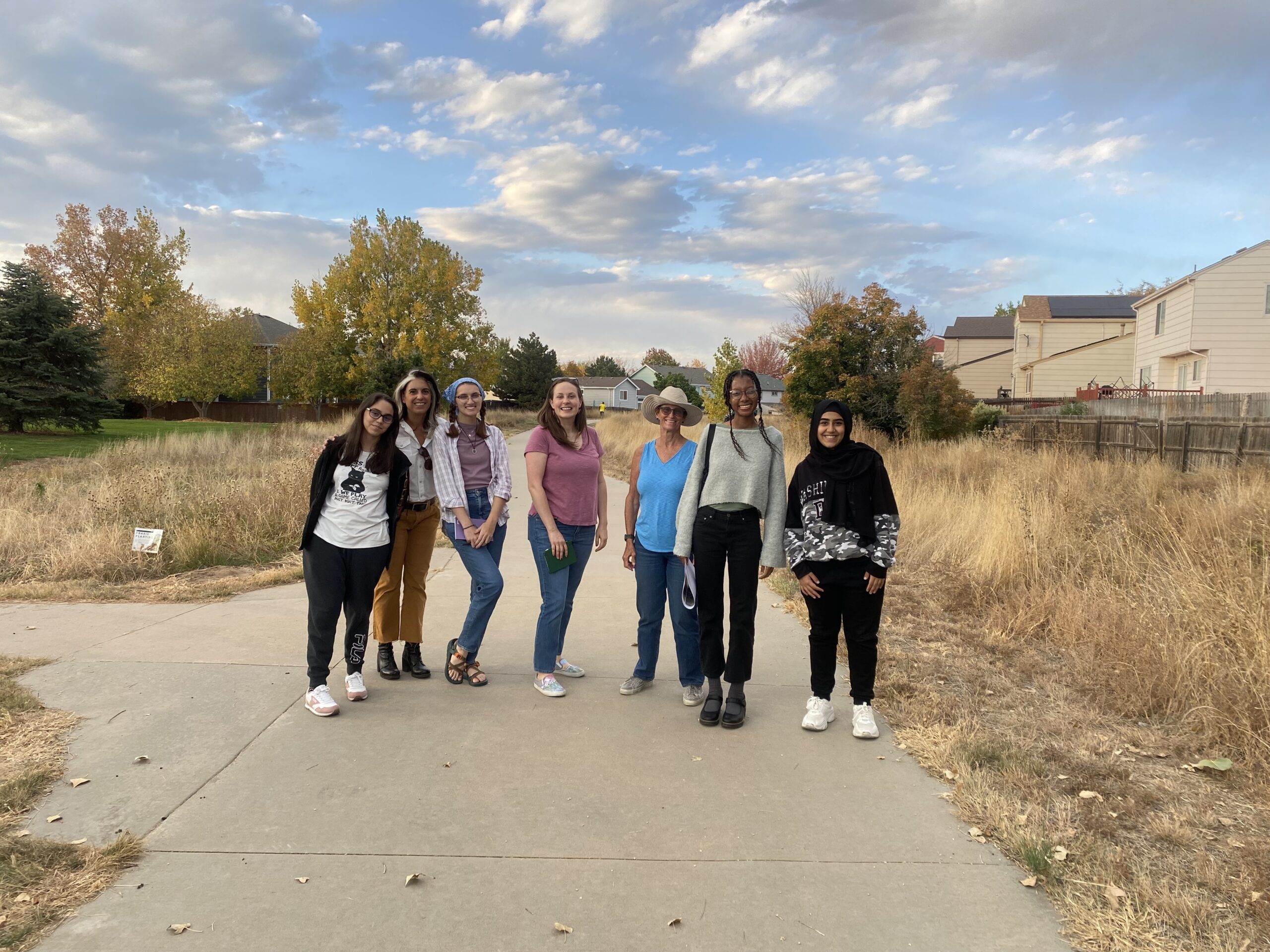
GLO Ambassadors
Youth engagement is essential to the Conservancy’s community-designed process. We believe that the youth to youth approach is the best way to recruit local youth in North Aurora and Green Valley Ranch. The Conservancy has partnered with Grassroots Leadership Organization (GLO) Ambassadors under the Greenway Foundation to identify neighborhood youth ambassadors to support outreach and learn about their community’s priority for improvements along the Canal.
New Vendors
The Conservancy has prioritized working with vendors from the communities along the Canal of marginalized backgrounds including youth, people of color and Spanish-speaking vendors. New vendors include Struggle of Love Foundation’s Kidz Kreations, Mi Ranchito Neveria and An Essential Basket.
